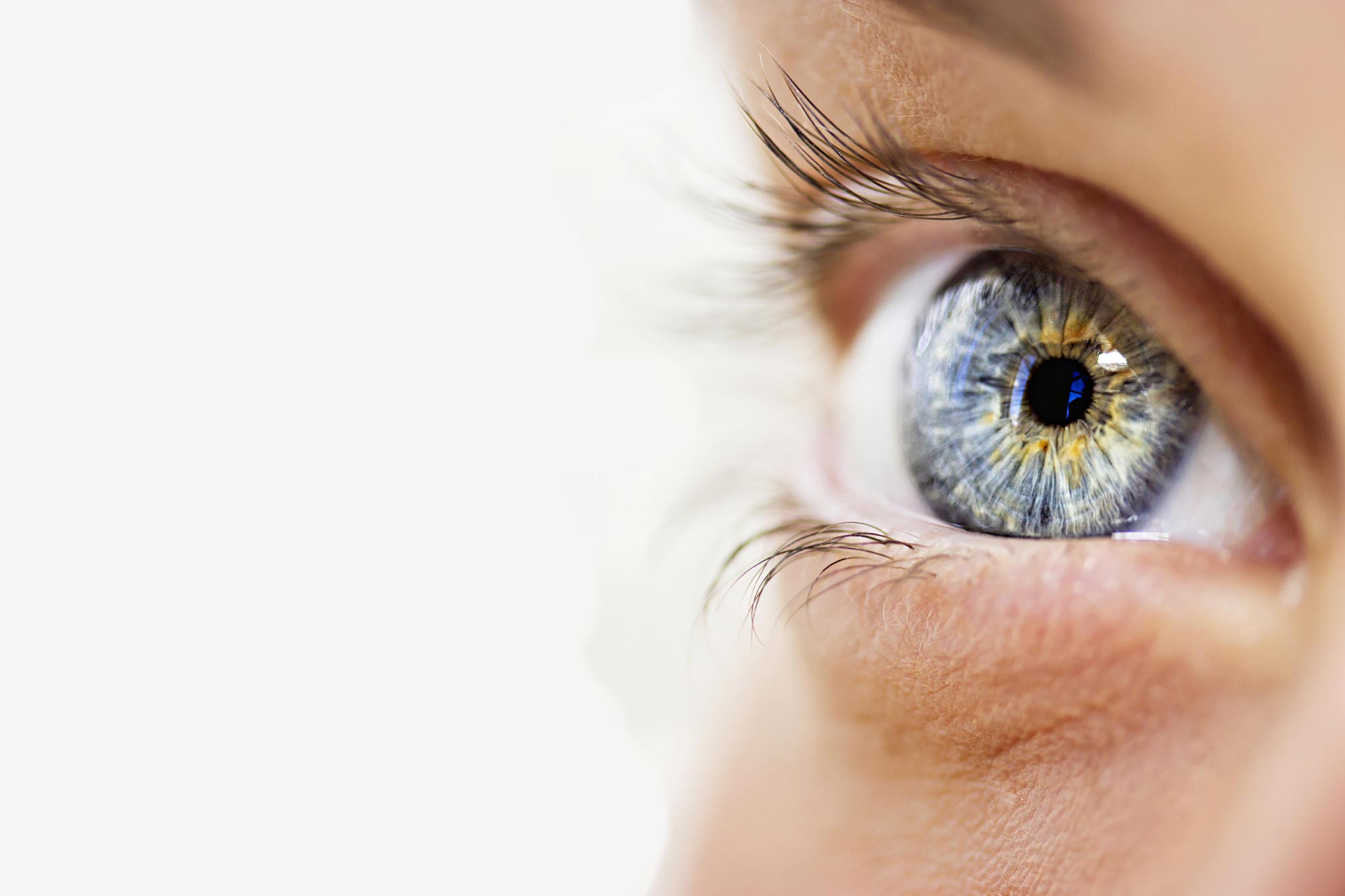Exploring the State-of-the-Art Technologies Utilized for Diagnosing and Treating Eye Conditions
In the world of ophthalmology, the advancement of innovation has actually significantly enhanced the devices readily available for identifying and treating different eye problems. From innovative imaging innovations that give comprehensive understandings right into eye structures to robotic-assisted procedures that offer unmatched precision, the landscape of eye care is regularly developing. With the assimilation of expert system in diagnostics, gene treatment advancements, and digital fact recovery, the possibilities for boosting individual end results are broadening at a fast pace. The merging of these sophisticated innovations holds the promise of reinventing the field of ophthalmology, providing brand-new opportunities for customized and efficient therapies.

Advanced Imaging Technologies
Advanced Imaging Technologies have revolutionized the field of ophthalmology by giving specific and thorough visualization of the eye structures. Optical Comprehensibility Tomography (OCT) stands apart as an essential modern technology in this realm. OCT makes use of light waves to record high-resolution cross-sectional pictures of the retina, permitting for the identification of minute architectural adjustments. This non-invasive method aids in the very early detection and surveillance of different eye problems such as macular deterioration, diabetic retinopathy, and glaucoma.
Additionally, Fundus Photography is one more necessary tool in ocular imaging. This strategy entails recording detailed pictures of the rear of the eye, including the retina and optic disc. Fundus Digital photography assists in documenting the development of eye diseases, reviewing treatment efficacy, and informing patients regarding their eye health.

Robotic-Assisted Surgical Treatments
Robotic-assisted surgeries have actually dramatically progressed the capacities of sensory surgical procedure, introducing a new period of accuracy and efficiency in dealing with numerous eye problems. By integrating robot innovation into procedures, eye doctors can achieve unparalleled precision and control, bring about enhanced individual results.
Among the primary benefits of robotic-assisted surgery in ophthalmology is the enhanced dexterity and stability it uses to specialists. The robot arms can do accurate movements with a high degree of accuracy, permitting for delicate treatments with minimal invasiveness. This degree of accuracy is especially helpful in surgical treatments including the retina, where also small mistakes can have substantial ramifications for a person's vision.
Furthermore, robotic-assisted medical systems offer real-time imaging and responses to the doctor, enabling them to make educated choices during the treatment. This modern technology improves the surgeon's situational recognition and permits changes to be made immediately, making sure optimum outcomes for the client.
Expert System in Diagnostics
With the advancement of cutting-edge technologies improving medical accuracy in ocular treatments, the assimilation of Artificial Intelligence in diagnostics has emerged as a pivotal growth reinventing the area of eye care. Fabricated Knowledge (AI) algorithms are being progressively utilized to assess intricate data from imaging innovations like optical coherence tomography (OCT) and fundus digital photography to help in the early detection and accurate medical diagnosis of numerous eye conditions. These AI systems can efficiently determine patterns and anomalies in photos that may not be discernible website link to the human eye, making it possible for quicker medical diagnosis and therapy preparation.
AI formulas can likewise predict disease development, recommend customized treatment plans, and evaluate the efficiency of interventions. By simplifying the analysis process, AI not just boosts the performance of eye care professionals however also boosts individual end results by allowing prompt interventions. As AI continues to advancement, its function in diagnostics is expected to expand, using new possibilities for early treatment and individualized therapy in the field of ophthalmology.
Genetics Treatment Innovations
In the world of ophthalmic improvements, recent strides in gene treatment innovations have actually sparked substantial interest amongst researchers and medical care specialists alike. Gene therapy holds enormous promise in reinventing the therapy of various eye conditions by targeting the underlying hereditary reasons. By presenting hereditary product into cells to make up for irregular genes or to give a missing genetics, genetics therapy supplies a tailored strategy to addressing inherited eye problems such as retinitis pigmentosa, Leber hereditary amaurosis, and others that were formerly considered untreatable.

As study in gene treatment remains to advance, the capacity for customized treatments for a bigger variety of eye conditions grows, using new wish for patients with genetic eye illness.
Digital Reality Rehab
Digital reality rehab has become a sophisticated strategy in enhancing the recuperation and rehabilitation procedures for individuals with different visual disabilities. cataract care service. By simulating real-world environments with immersive modern technology, online reality provides a special platform for vision treatment and rehab. This cutting-edge approach makes it possible for individuals to involve in interactive workouts and tasks made to enhance aesthetic acuity, depth understanding, eye control, and general aesthetic performance
One secret benefit of online truth rehab is its capacity to personalize treatment programs based on the details requirements and capacities of each patient. With real-time comments and tracking, healthcare professionals can track development, adjust interventions, and supply tailored treatment to optimize end results. In addition, online truth innovation can develop a risk-free and regulated room for individuals to exercise visual tasks, get over challenges, and develop self-confidence in a virtual setup before transitioning to real-world circumstances.
Final Thought
In conclusion, the improvements in imaging innovations, robotic-assisted surgical procedures, synthetic knowledge diagnostics, gene treatment technologies, and virtual truth rehabilitation have considerably enhanced the medical diagnosis and therapy of eye problems. retina service near me. These advanced technologies have actually revolutionized the field of ophthalmology, permitting more precise and effective treatments. As modern technology continues to visit their website progress, the future of eye care looks appealing with the possibility for also more innovative solutions to boost client outcomes
In the world of ophthalmology, the advancement of innovation has substantially improved the devices readily available for diagnosing and dealing with different eye problems. Fundus Digital photography assists in recording important site the development of eye conditions, assessing treatment efficiency, and enlightening clients regarding their eye health and wellness.
Artificial Knowledge (AI) algorithms are being increasingly used to examine intricate information from imaging modern technologies like optical comprehensibility tomography (OCT) and fundus digital photography to assist in the early discovery and precise diagnosis of different eye problems.In final thought, the improvements in imaging modern technologies, robotic-assisted surgeries, artificial knowledge diagnostics, genetics therapy developments, and digital fact rehabilitation have substantially boosted the medical diagnosis and treatment of eye conditions. As modern technology proceeds to develop, the future of eye treatment looks appealing with the possibility for also more cutting-edge remedies to boost patient end results.
 Mason Gamble Then & Now!
Mason Gamble Then & Now! Andrea Barber Then & Now!
Andrea Barber Then & Now! Shannon Elizabeth Then & Now!
Shannon Elizabeth Then & Now! Meadow Walker Then & Now!
Meadow Walker Then & Now! Pierce Brosnan Then & Now!
Pierce Brosnan Then & Now!